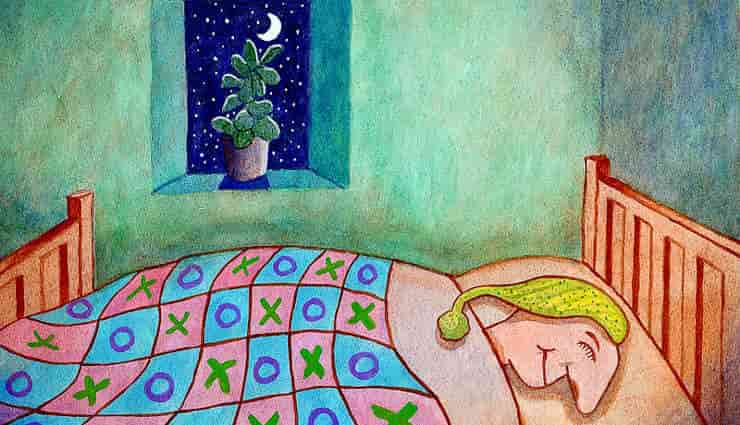According to new research, sleep for older adults can be most efficient and restful when the nighttime bedroom ambient temperature ranges between 68 and 77 degrees Fahrenheit.
The authors discovered a general trend. There was a 5 to 10% decrease in sleep efficiency when nighttime ambient temperature rises from 77 to 86 degrees Fahrenheit. This study also revealed significant between-individual variability in ideal bedroom temperature.
“These results highlight the potential to enhance sleep quality in older adults by optimizing home thermal environments and emphasizing the importance of personalized temperature adjustments based on individual needs and circumstances,”
said lead researcher Amir Baniassadi, PhD, of Hebrew SeniorLife, and Harvard Medical School.
The study highlights the possible effects of climate change on older adults’ sleep, especially those with lower socioeconomic status, and it advocates for enhancing their ability to adapt as nighttime temperatures rise in American cities.
Sleep Monitors and Environmental Sensors
This study employed a longitudinal observational design to investigate the potential correlation between nighttime temperature in the bedroom and sleep quality among a group of older persons residing in the community.
Researchers used wearable sleep monitors and environmental sensors to measure sleep duration, efficiency, and restlessness in participants’ homes over an extended period of time while adjusting for potential confounders and variables.
Nearly 11,000 person-nights of sleep and environmental data were collected from 50 older persons for the study. The relationships were mostly nonlinear, with significant between-subject variance.
Oftentimes, older adults experience insufficient, restless, and disrupted sleep, which in turn affects numerous health-related outcomes. These include mood and affect, diabetes management, cognitive and physical function, irritability and response to stress, productivity, and cardiovascular disease risk.
Slow waves during non-rapid eye movement (NREM) sleep become unable to make proper contact with rapid electrical pulses known as sleep spindles as people age, preventing them from effectively saving new memories.
Since every person has needs that are unique, it’s essential to customize your surroundings in order to meet your particular needs. Consider starting with a room temperature of 68 to 74 degrees and then experiment with colder temperatures to see how it affects your sleep, using fans or air conditioning if available.
More Sleep Deprivation
Older persons have a disproportionately higher rate of sleep deprivation. According to previous research, sleeping less than five hours per night in your middle to late years may increase your risk of developing at least two chronic diseases.
Meanwhile, research into its causes has been concentrated on physiological and behavioural variables despite evidence that the environment in which a person sleeps might be equally relevant. Consequently, while numerous medical and behavioural interventions have been developed to improve sleep outcomes, environmental interventions have been largely overlooked.
The researchers were motivated to perform this study because the link between home ambient temperature and sleep in older persons could be a viable target for enhancing sleep. The authors intend to pursue this line of research further by examining the possible influence of climate change on sleep in low-income older persons and devising interventions to improve their environment.
Reference:
Baniassadi, A., Manor, B., Yu, W., Travison, T., & Lipsitz, L. (2023). Nighttime ambient temperature and sleep in community-dwelling older adults. The Science of the total environment, 899, 165623
Top image credit: Seán Ó Domhnaill CC-BY
